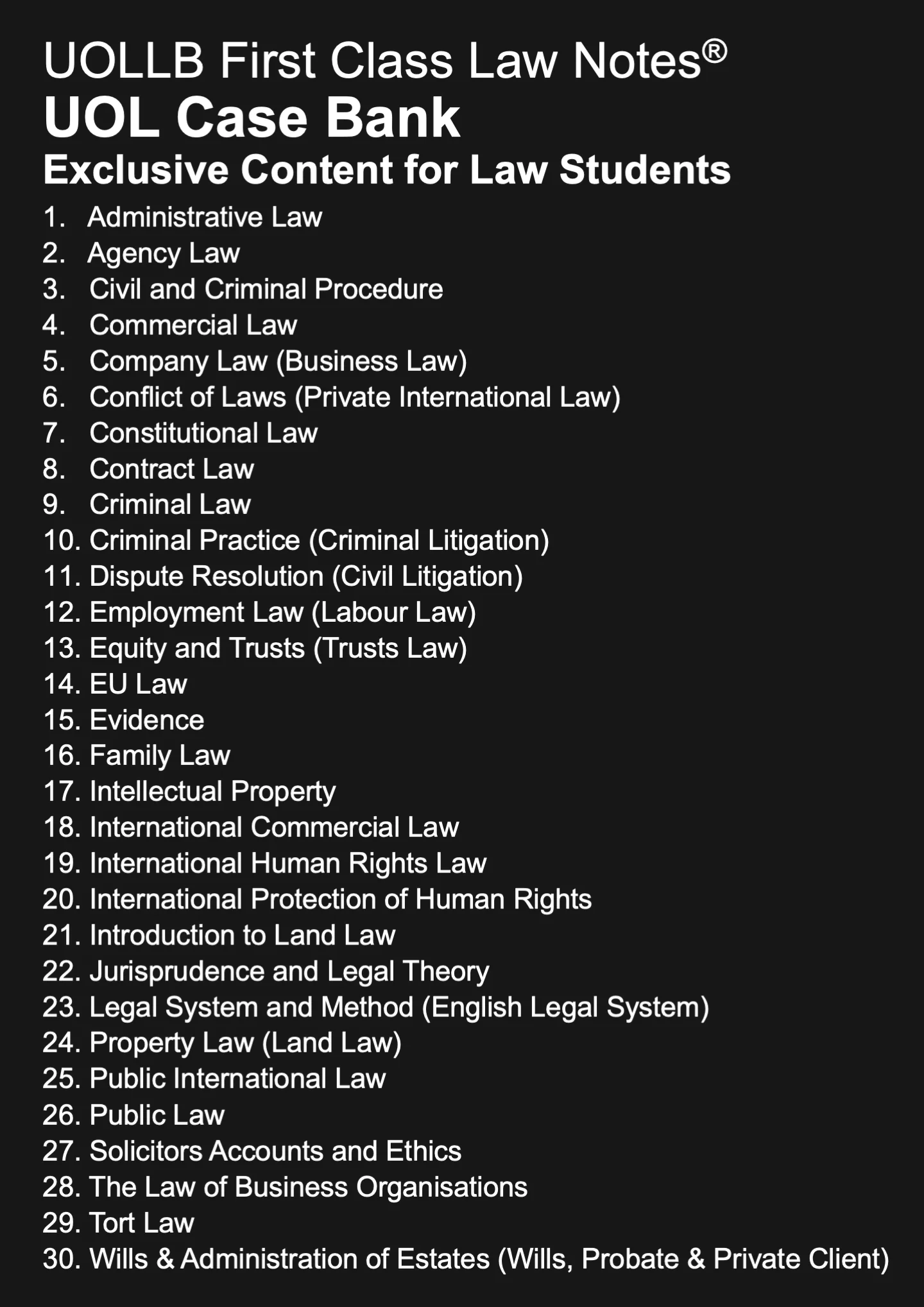Wagon Mound (No 1) [1961]
Share
Overseas Tankship (UK) Ltd v Morts Dock and Engineering Co Ltd [1961] UKPC 2, commonly referred to as Wagon Mound (No 1), holds significance as a landmark tort law case that established a crucial rule for causation in negligence. This legal dispute emerged from an incident involving Overseas Tankship's ship, the Wagon Mound, which leaked furnace oil into Sydney Harbour. The ensuing events led to substantial fire damage to a wharf owned by Morts Dock and Engineering Co Ltd, sparking a legal battle over liability and foreseeability.
In October 1951, Overseas Tankship's vessel leaked furnace oil, also known as Bunker oil, into Sydney Harbour. The oil drifted beneath a wharf owned by Morts Dock, where welding activities were underway. The combination of the oil and hot metal from welding resulted in a fire that caused extensive damage to the wharf and nearby ships. The legal action brought by Morts Dock sought damages for negligence, prompting a consideration of foreseeability and liability.
The central legal question revolved around whether Overseas Tankship could be held liable for the damages caused by the fire. The Privy Council's judgment in favour of Overseas Tankship hinged on the determination that the damage from the fire was not reasonably foreseeable. The court rejected the precedent set by Re Polemis, which had established a broader liability for all consequences flowing from negligent conduct, regardless of foreseeability. The Privy Council emphasised the importance of foreseeability as the logical link between a breach of duty and resulting damages.
The court disapproved of the rule set by Re Polemis and underscored the significance of foreseeability in assessing negligence. Liability was deemed applicable only for damage that was reasonably foreseeable, aligning with the principle that a person is responsible for the probable consequences of their actions. The judgment highlighted the impracticality of holding individuals liable for unforeseeable damage and asserted that civil liability is founded on the foreseeability of consequences rather than the directness of the chain of events.
Wagon Mound (No 1) marked a notable departure from the precedent set by Re Polemis, contributing to the evolution of negligence principles. The case emphasised the importance of foreseeability and probable consequences, shaping subsequent legal developments in the law of negligence. The ruling clarified the criteria for establishing liability, establishing a lasting impact on tort law jurisprudence.
It is essential to distinguish Wagon Mound (No 1) from Wagon Mound (No 2), which addressed the standard of the reasonable person in breach of the duty of care, further contributing to the nuanced landscape of negligence law.
In October 1951, Overseas Tankship's vessel leaked furnace oil, also known as Bunker oil, into Sydney Harbour. The oil drifted beneath a wharf owned by Morts Dock, where welding activities were underway. The combination of the oil and hot metal from welding resulted in a fire that caused extensive damage to the wharf and nearby ships. The legal action brought by Morts Dock sought damages for negligence, prompting a consideration of foreseeability and liability.
The central legal question revolved around whether Overseas Tankship could be held liable for the damages caused by the fire. The Privy Council's judgment in favour of Overseas Tankship hinged on the determination that the damage from the fire was not reasonably foreseeable. The court rejected the precedent set by Re Polemis, which had established a broader liability for all consequences flowing from negligent conduct, regardless of foreseeability. The Privy Council emphasised the importance of foreseeability as the logical link between a breach of duty and resulting damages.
The court disapproved of the rule set by Re Polemis and underscored the significance of foreseeability in assessing negligence. Liability was deemed applicable only for damage that was reasonably foreseeable, aligning with the principle that a person is responsible for the probable consequences of their actions. The judgment highlighted the impracticality of holding individuals liable for unforeseeable damage and asserted that civil liability is founded on the foreseeability of consequences rather than the directness of the chain of events.
Wagon Mound (No 1) marked a notable departure from the precedent set by Re Polemis, contributing to the evolution of negligence principles. The case emphasised the importance of foreseeability and probable consequences, shaping subsequent legal developments in the law of negligence. The ruling clarified the criteria for establishing liability, establishing a lasting impact on tort law jurisprudence.
It is essential to distinguish Wagon Mound (No 1) from Wagon Mound (No 2), which addressed the standard of the reasonable person in breach of the duty of care, further contributing to the nuanced landscape of negligence law.























































